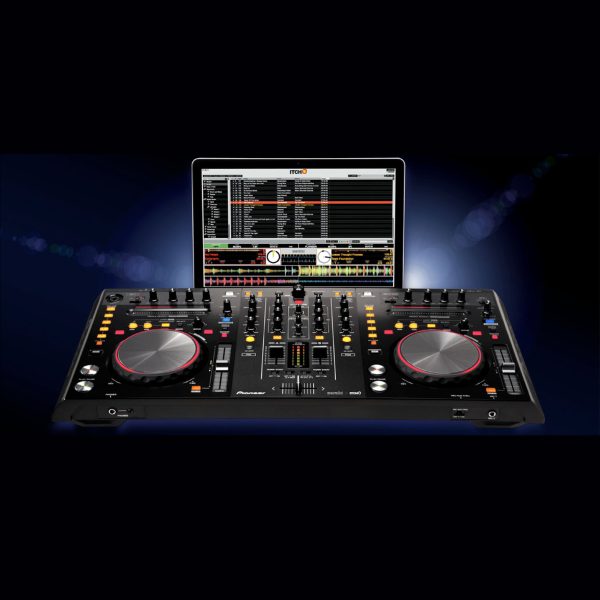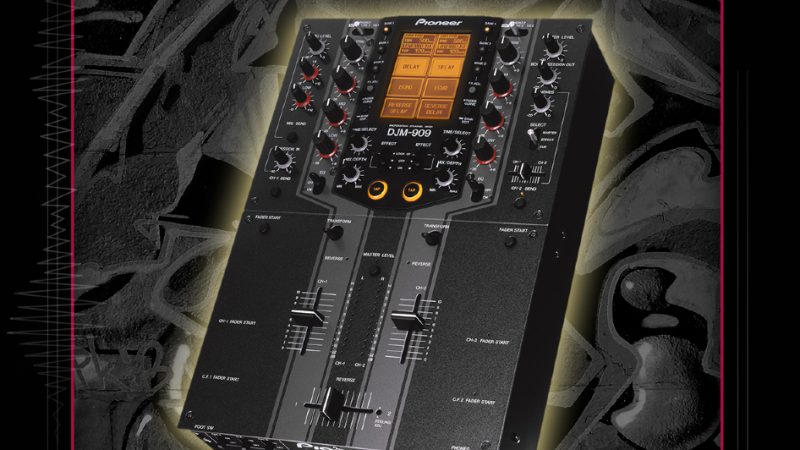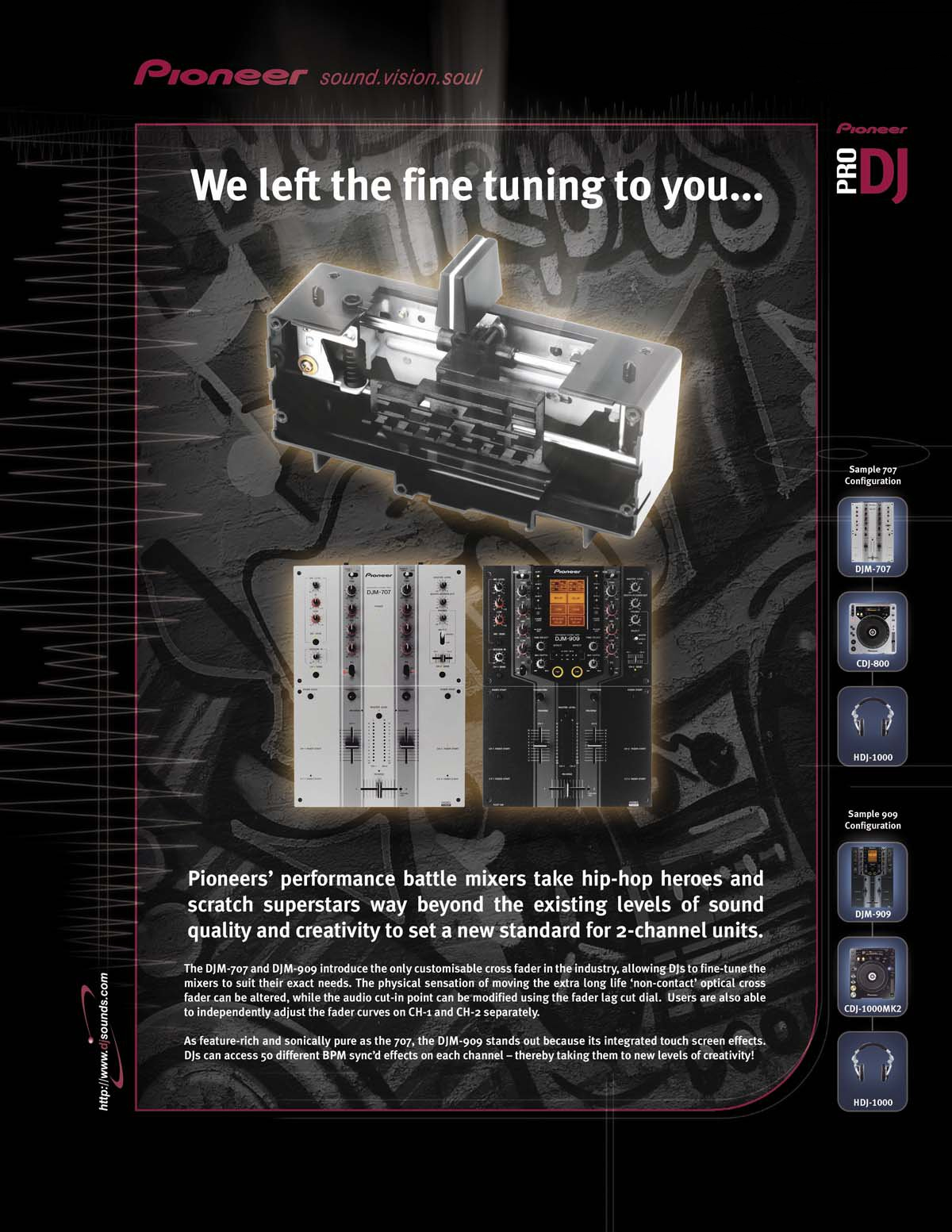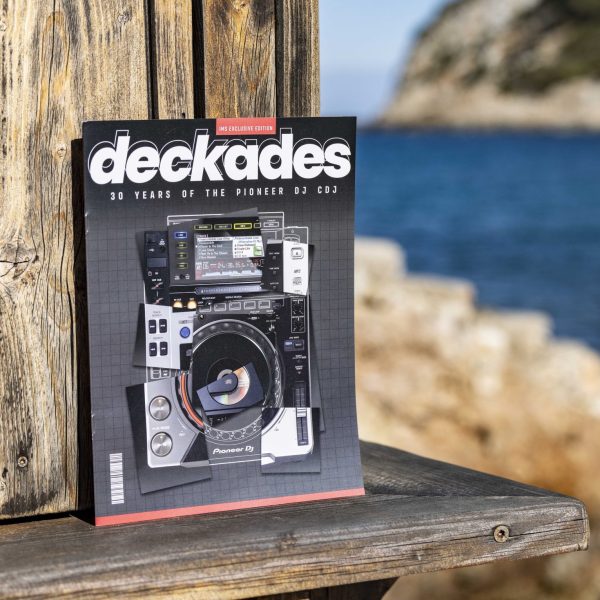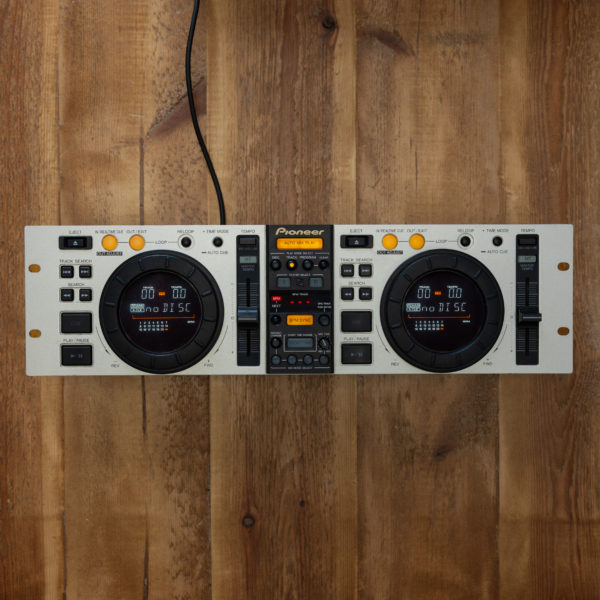Mister Remix only had two complaints. In a club environment, the screen could be hard to see without the proper adjustments to its brightness and contrast. And if you ever buy a DJM-909 secondhand, make sure the buttons beside the screen are in good shape, as they tend to get sticky or simply stop working. Joel said that he never had any issues with the screen, but he was never totally sold on the DJM-909’s crossfader. “It was always just a bit heavy for me,” he said. “I never really gelled with it. Compared to an S9 or an S11, it’s like trying to drive a tractor compared to a Lamborghini.”
For Phil, “The up faders weren’t as good as the Vestax ones that were around back then, because I used to do these up-fader crabs, which didn’t quite cut through with the 909. But other than that, I really loved it.”
Despite there being no plans in the pipeline, both Joel and Phil couldn’t resist calling for an updated version of the DJM-909. “It would be incredible if Pioneer DJ were to release a kind of modern version of the 909,” Joel said. “With the exact sort of implementation of the dual effects, and fader-operated internal effects, that would be amazing.”
“There’s still a lot of love for the 909 in the DJ community, in the scratch community, it would definitely be fair to say that,” Phil said. “My friend Khalil from Living Proof in London, shout-out to him, he jokingly said, ‘Well, the reason you blew up with your videos is because no one is using that machine anymore.’ But I think that might have changed, I might have changed that a little bit. I do get fan comments or messages basically saying, ‘Hey, because of you I bought that mixer again,’ or ‘I pulled it out again,’ and even people telling me that they’ve mastered how to repair it, that they replace this integrated foam to get the buttons to work again. So it’s quite a thing to witness that this machine is still so beloved.”
